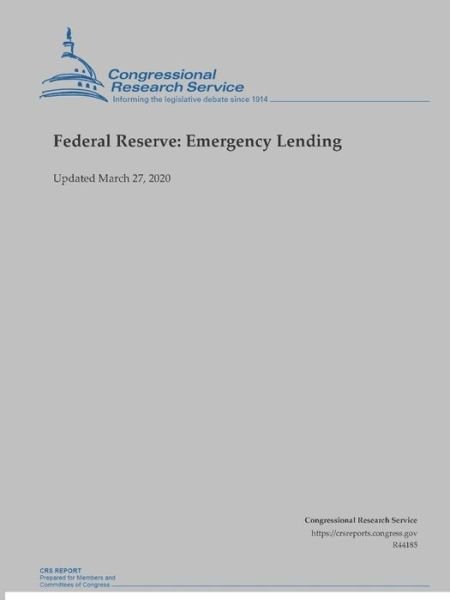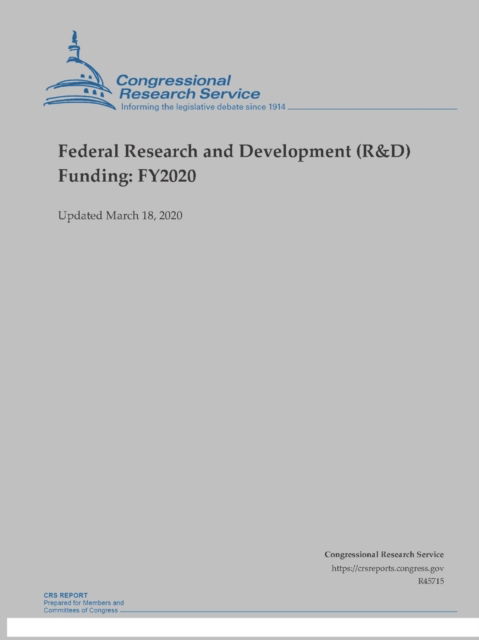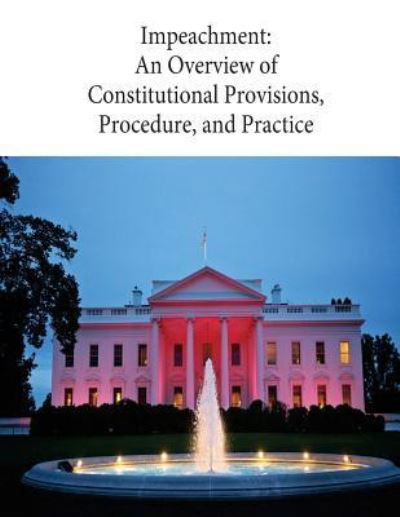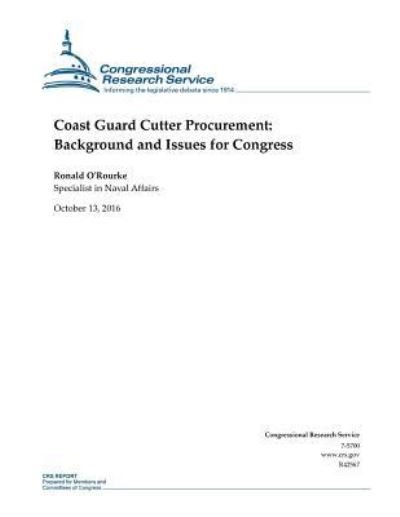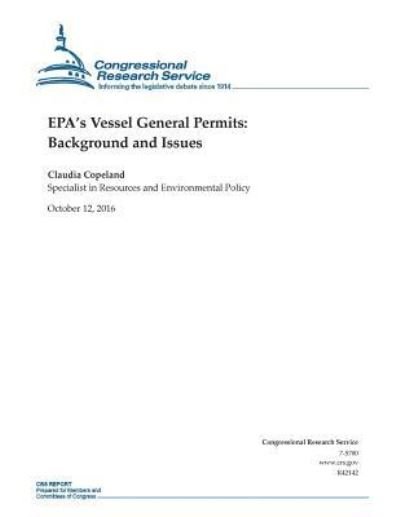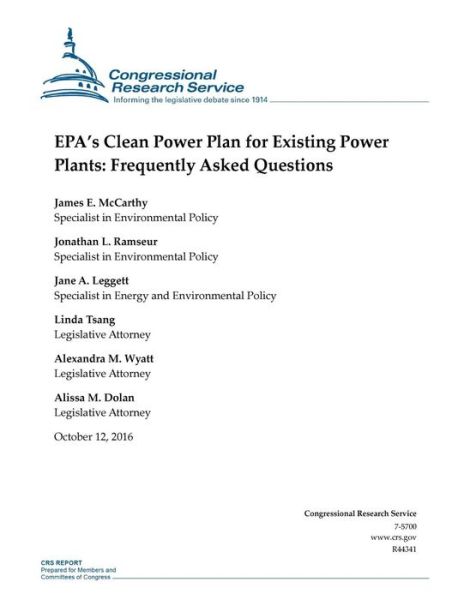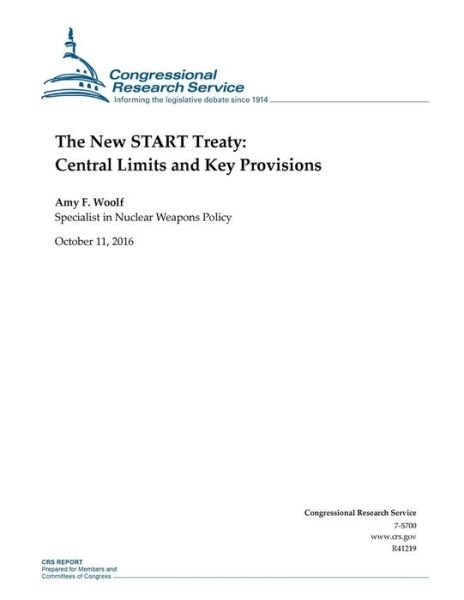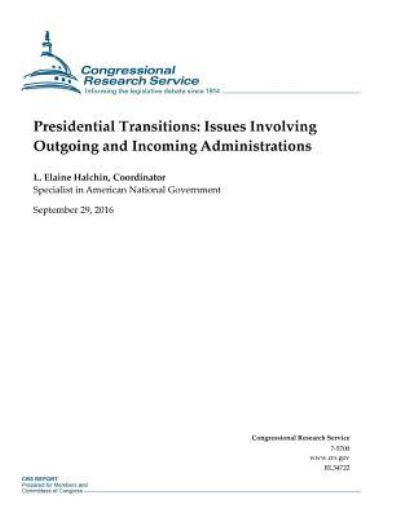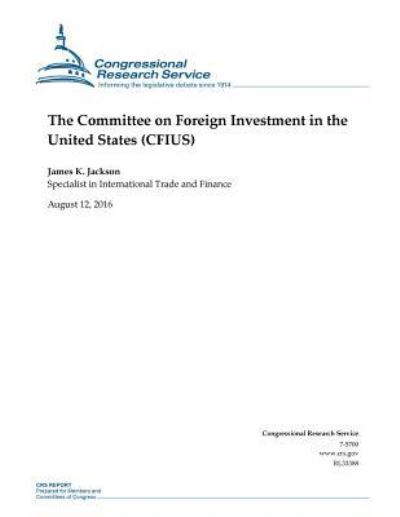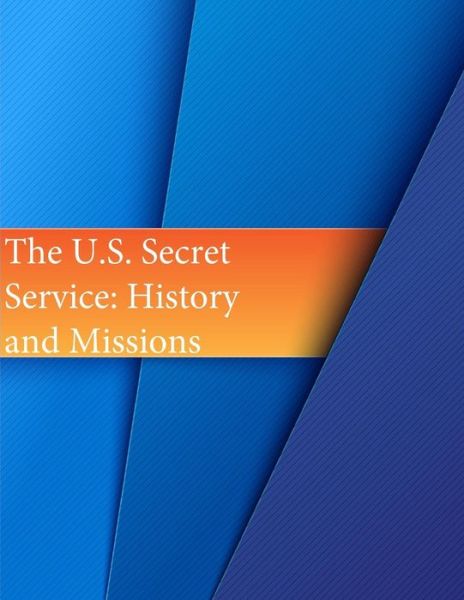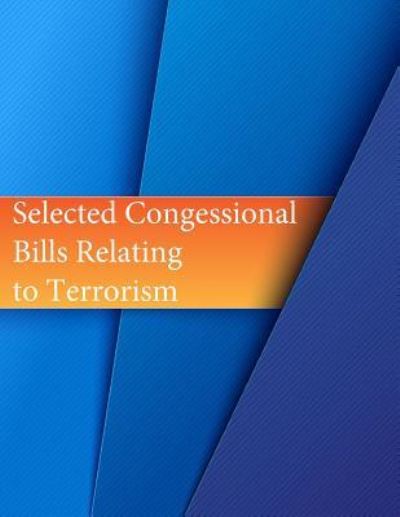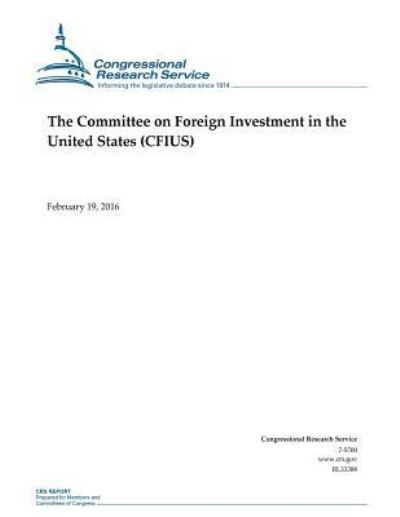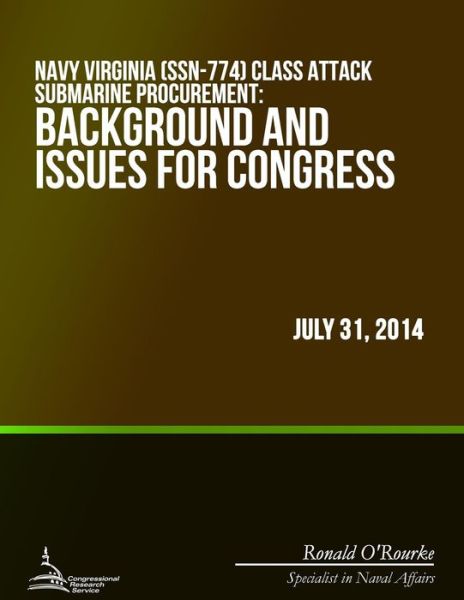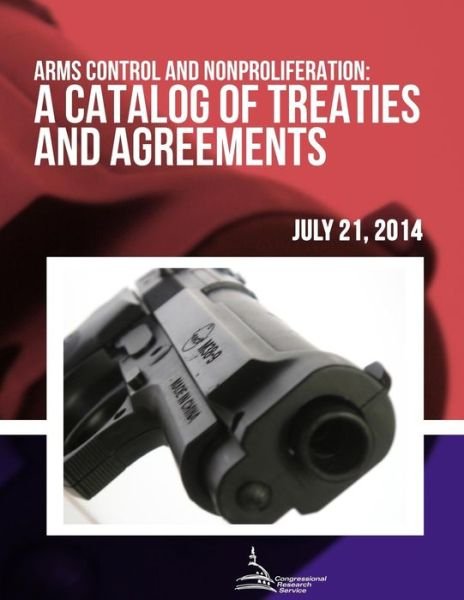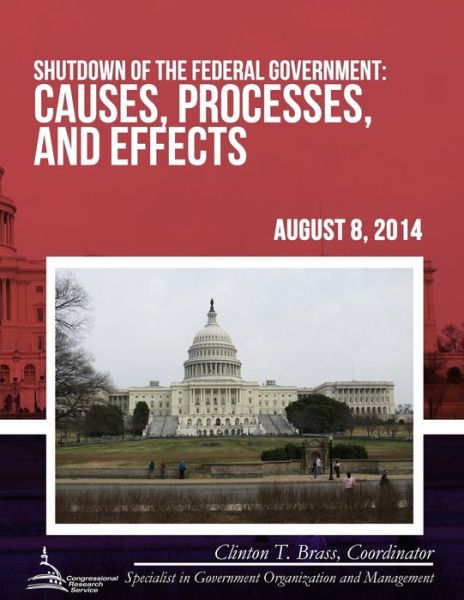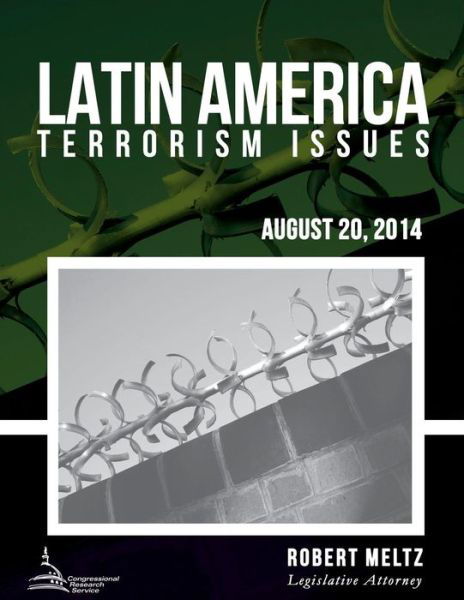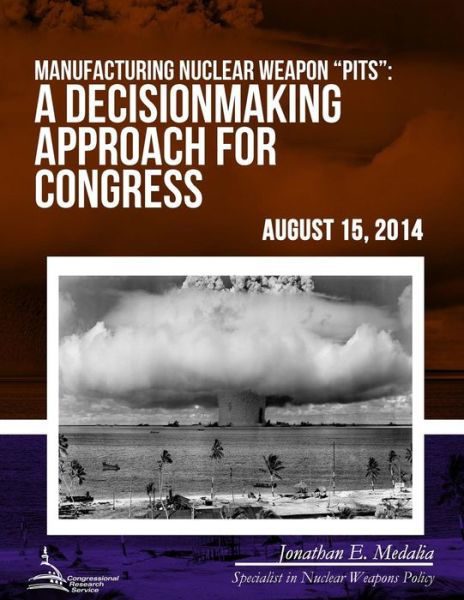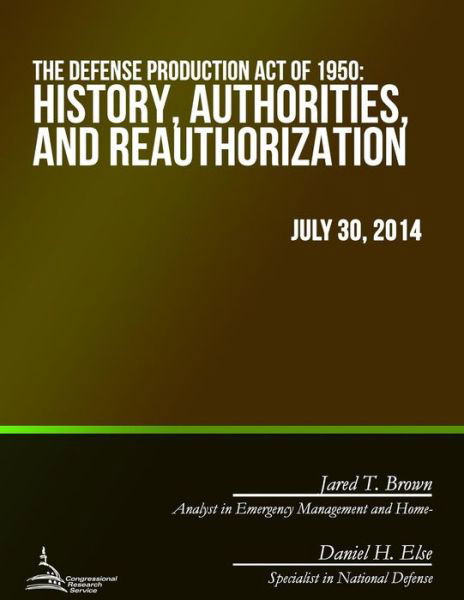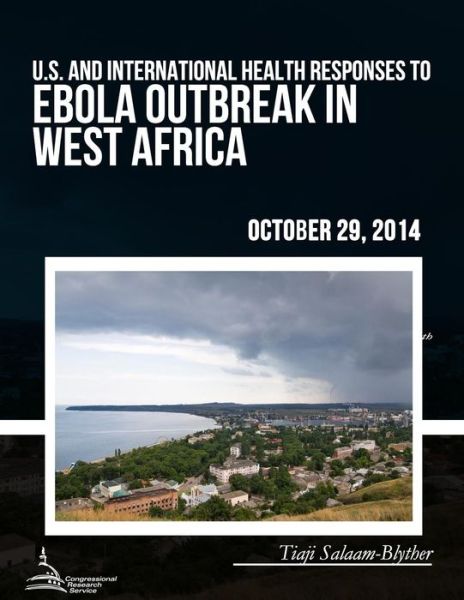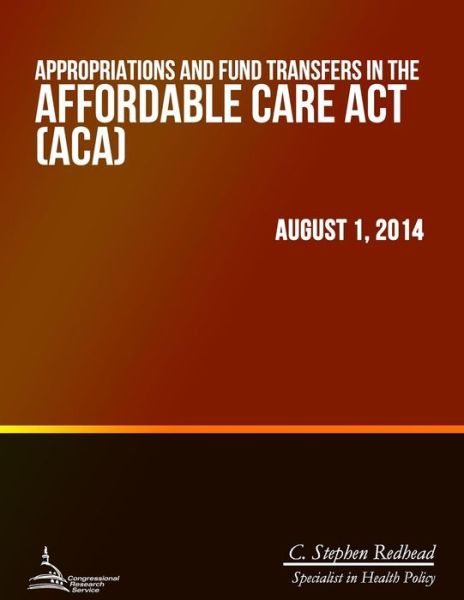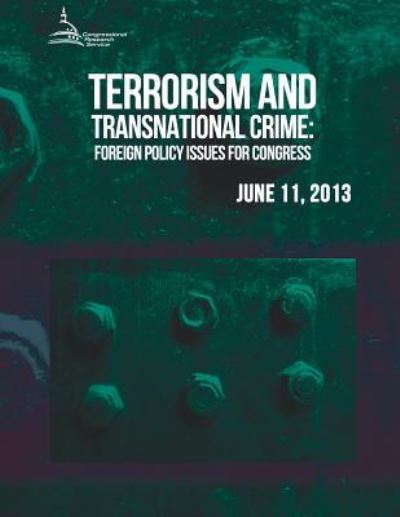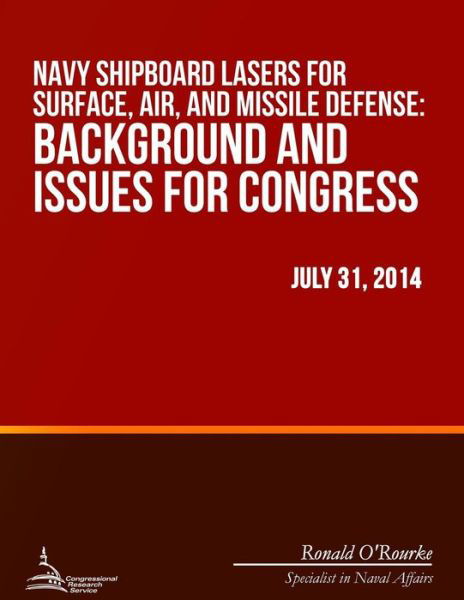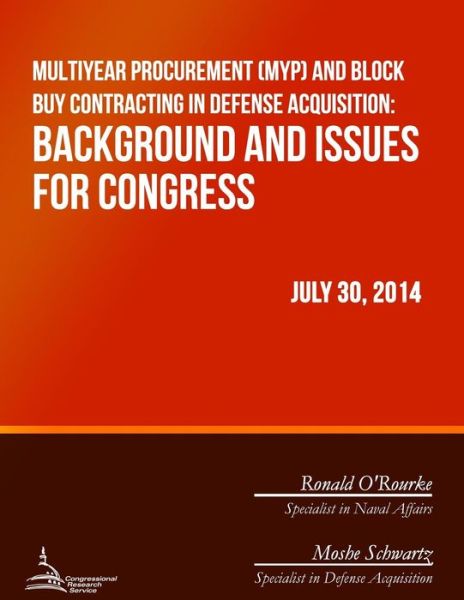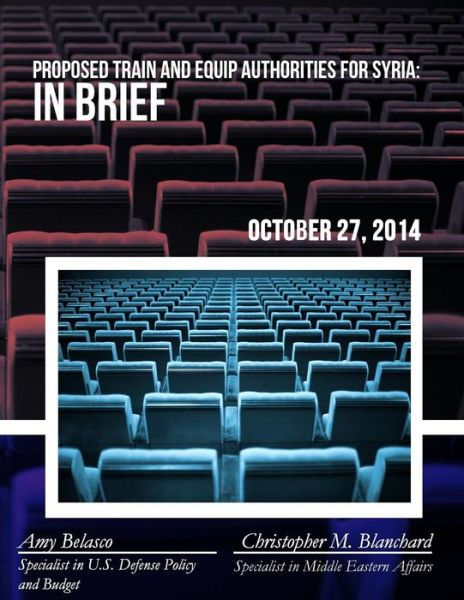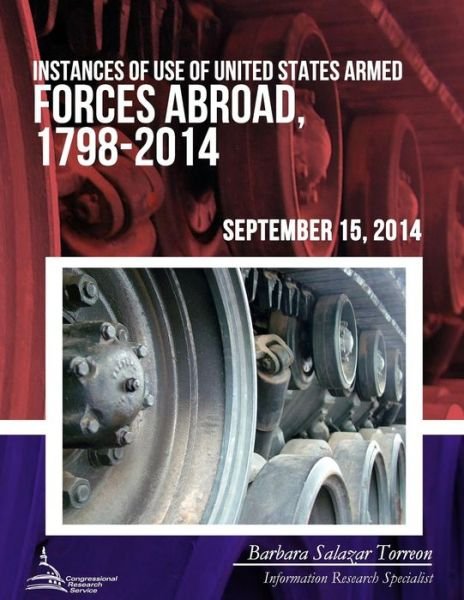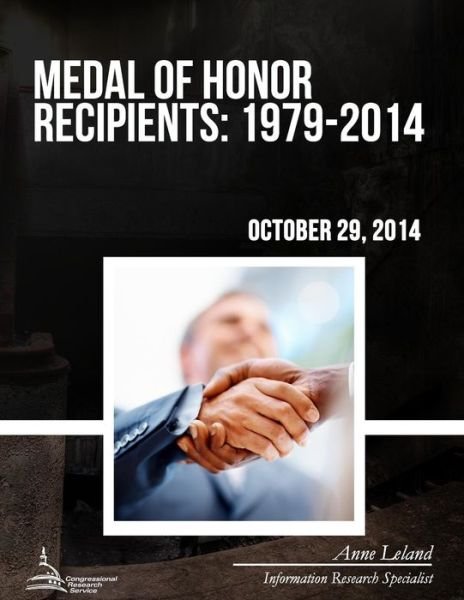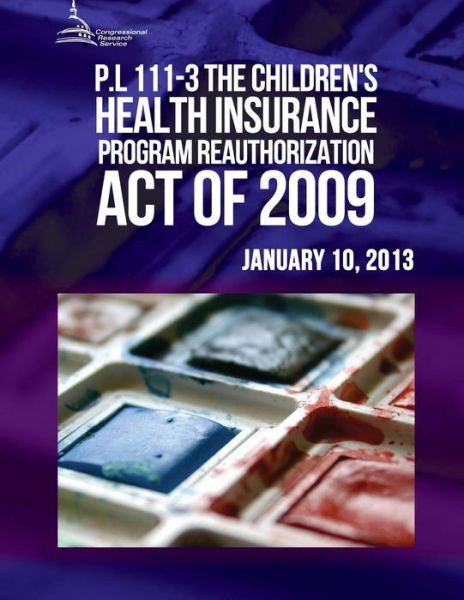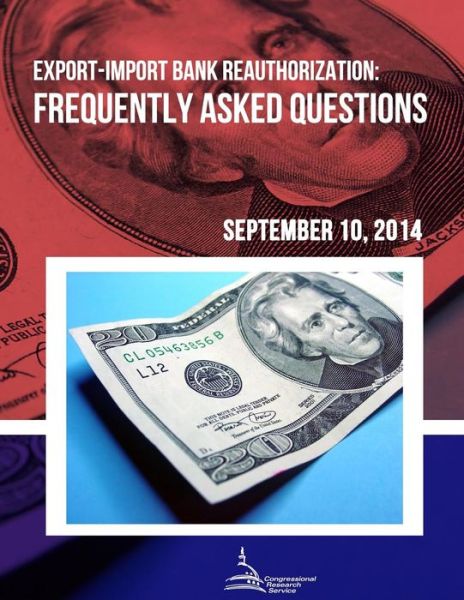
Powiedz znajomym o tym przedmiocie:
Arctic National Wildlife Refuge (Anwr)
Congressional Research Service
Arctic National Wildlife Refuge (Anwr)
Congressional Research Service
In the ongoing energy debate in Congress, one recurring issue has been whether to allow oil and gas development in the Arctic National Wildlife Refuge (ANWR, or the Refuge) in northeastern Alaska. ANWR is rich in fauna and flora and also has significant oil and natural gas potential. Energy development in the Refuge has been debated for more than 50 years. On December 20, 2017, President Trump signed into law P. L. 115-97, which provides for an oil and gas program on ANWR's Coastal Plain. The Congressional Budget Office estimated federal revenue from the program's first two lease sales at $1.1 billion, but actual revenues may be higher or lower depending on market conditions and other factors. This report discusses the oil and gas program in the context of the Refuge's history, its energy and biological resources, Native interests and subsistence uses, energy market conditions, and debates over protection and development. ANWR is managed by the U. S. Fish and Wildlife Service (FWS) in the Department of the Interior (DOI). Under P. L. 115-97, DOI's Bureau of Land Management (BLM) is to administer the oil and gas program in a portion of the 19-million-acre Refuge: the 1.57-million-acre Coastal Plain, also known as the 1002 Area. This area is viewed as a promising onshore oil prospect and is also a center of activity for caribou and other wildlife. It is designated as critical habitat for polar bears under the Endangered Species Act. A 1987 study of the area by DOI had recommended energy development, but the Alaska National Interest Lands Conservation Act of 1980 prohibited development unless authorized by an act of Congress. (Development was thus barred prior to enactment of P. L. 115-97.) The conflict between oil and natural gas potential and valued natural habitat in the Refuge has created dilemmas for Congress, with the most contentious question being whether to permit energy development in the 1002 Area. Previous legislative proposals ranged from those to designate the 1002 Area as wilderness or a national monument (with energy development prohibited) to those to allow partial or full development. Related questions have concerned the extent to which Congress should legislate special management to guide the manner of any development-for example, by limiting the footprint of energy activities. Under P. L. 115-97, surface development is limited to 2,000 acres, which need not be concentrated in a single area. Some contend that newer technologies will help to consolidate oil and gas operations and reduce the environmental impacts of development, whereas others maintain that facilities will likely spread out in the 1002 Area and significantly change the character of the Coastal Plain. The history of ANWR is intertwined with congressional efforts to settle land claims of Native Alaskans. As part of those efforts, some property in the Refuge was transferred to Native corporations, including surface lands and subsurface rights within the 1002 Area. The opening of federal lands in ANWR to development under P. L. 115-97 also opens adjacent Native lands. The Native community, both between and within its villages and organizations, is divided on the question of energy development in the Refuge. Other legislation related to ANWR's Coastal Plain was introduced in the 115th Congress prior to the enactment of P. L. 115-97. H. R. 1889 and S. 820 would establish the Coastal Plain as wilderness, meaning there would be no commercial development, except to meet the minimum requirements for managing the area as wilderness. By contrast, H. R. 49 and S. 49 proposed oil and gas leasing programs for the Coastal Plain, which are similar but not identical to the program mandated by P. L. 115-97. These bills address some issues that were not addressed in P. L. 115-97, such as environmental compliance, judicial review, and exports of ANWR oil. Congress could choose to consider some of these other issues in future legislation and oversight.
| Media | Książki Paperback Book (Książka z miękką okładką i klejonym grzbietem) |
| Wydane | 25 stycznia 2018 |
| ISBN13 | 9781984208743 |
| Wydawcy | Createspace Independent Publishing Platf |
| Strony | 34 |
| Wymiary | 216 × 279 × 2 mm · 104 g |
| Język | English |
Więcej od Congressional Research Service
Zobacz wszystko od Congressional Research Service ( np. Paperback Book i Book )

 Świąteczne prezenty można zwracać do 31 stycznia
Świąteczne prezenty można zwracać do 31 stycznia


